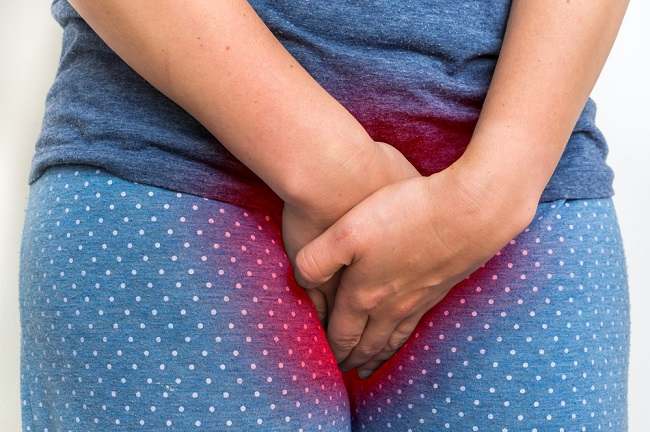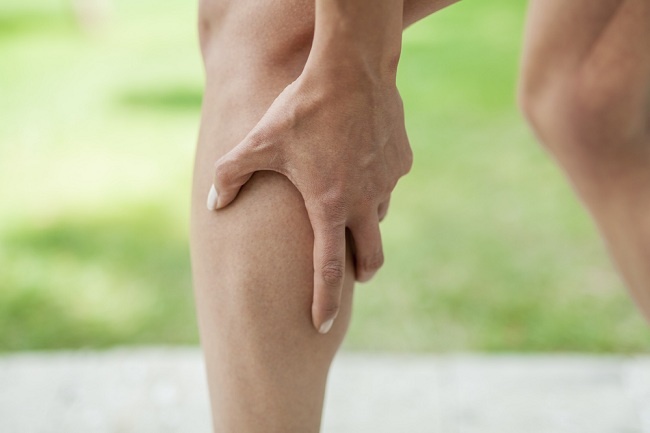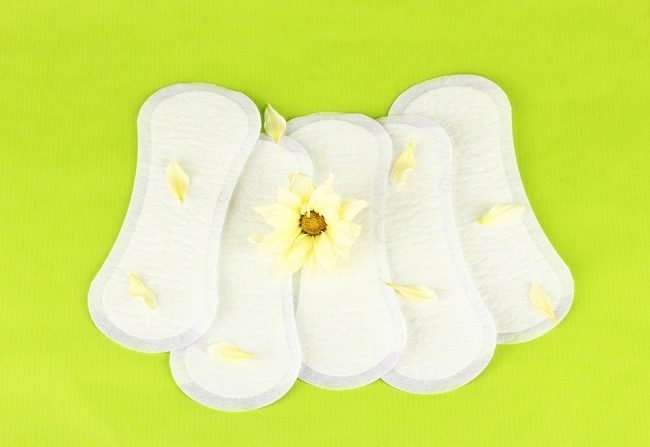Women who have had a cesarean section generally have a scar in the lower abdomen. Many women find these scars disturbing appearance, so they try to find ways to fade them. One of the ways to lighten cesarean scars, including those that form keloids, is to use a special gel to fade scars.
Caesarean section is performed if vaginal delivery is not possible. Like any other surgical procedure, a cesarean section will leave a suture scar. In general, scars are only visible faintly. However, if the stitches become infected, the healing process will take longer and eventually leave a scar that looks very clear. Likewise with scars that develop into keloids.

Why Can Caesarean Scars Occur?
Wounds are injuries that involve the destruction of body tissues, and generally occur in the skin as the outermost layer of protection. Scar formation is a natural part of the wound healing process. How the scar looks will depend on the wound healing treatment, age, genetic factors, and the type of wound.
After the tissue damaged by the caesarean section incisions and sutures has healed, the skin will be as strong as it was before the stitches. However, the appearance of scarred skin may differ from normal skin. This is because the skin is composed of two proteins, namely collagen which gives skin strength, and elastin which gives skin elasticity.
In scars, the skin cannot produce new elastin, so the scars are made entirely of collagen. However, when the body produces too much collagen, the cesarean scar will appear thick and dark in color. This condition is called a hypertrophic wound or keloid.
In keloids, the scar will thicken and even be larger than the original wound. In addition to disturbing appearance, can also feel itchy. For women, this can reduce self-confidence. Wounds are physical, but scars are emotional.
How to Fade C-section Scars
Scars sometimes cannot be completely removed, but their appearance can be diminished by applying topical medications. Currently, there are many ointments in the form of a gel on the market, whose function is to flatten, smooth, and fade prominent scars. The gel that contains cyclopentacyloxane, dimethicone, and vinyl dimethicone ascorbyl tetraisopalmitate is a silicon derivative. These ingredients work by suppressing collagen production, reducing inflammation, and moisturizing the skin, thereby improving the appearance of scars on the skin. The content is fairly safe to use to fade scars, and rarely poses the risk of irritation to the skin.
The use of this topical medication can help disguise the appearance of scars on the skin. However, to completely fade keloids or thick and broad scars, further treatment is needed to see a doctor.
Some people are more at risk of developing keloid scars as a result of a cesarean section. For example, people of Asian ethnicity, aged under 30 years, and have parents with keloids. Applying a special gel to fade scars, as soon as the wound is dry, can prevent the formation of keloids.
Post-C-section Wound Care
So that the caesarean section scar does not develop into keloids or hypertrophic tissue, proper caesarean section wound care is needed, namely by doing the following:
- Wash your hands with soap before cleaning the wound and changing the bandage.
- Clean the wound and dry it well. The trick, wet a towel with warm water that has been mixed with soap, then rub it slowly to the wound area. Dry with a clean towel and dry by gently patting.
- Avoid using antibacterial soap, iodine, alcohol, hydrogen peroxide, lotion, and powder around the wound, as these can damage the skin and slow healing.
- Change the bandage every day. Covering the wound with a bandage can protect the wound from infection and speed healing.
- You are advised not to bathe within 24 hours after the cesarean section. However, you can still clean your body by wiping it with a small towel soaked in warm water.
- Do not pour soap or other cleaning products directly over the wound, while the wound is still healing.
- Avoid lifting heavy weights, going up and down stairs, or doing strenuous exercise during the healing process. You are also advised not to have sex for 4-6 weeks after the cesarean section, or as directed by your doctor.
- Avoid direct sunlight to the wound, as this can darken the wound.
- Use cotton underwear and not too tight.
- Hold the C-section wound when coughing, sneezing, or laughing.
- Avoid bathing and swimming, as recommended by your doctor.
In addition, adequate rest, adequate water needs, and eating lots of nutritious foods, especially vegetables and protein, can help speed up the healing of scars caused by caesarean section. If the scar looks or feels bothersome, you can consult a doctor for further treatment.









